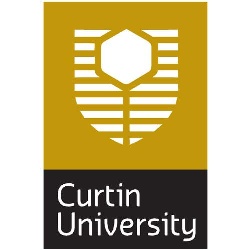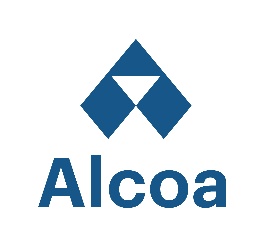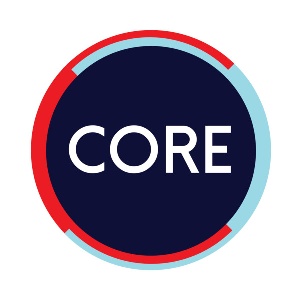The nature of failure data sets poses particular challenges to modellers. Failures, particularly of critical equipment, are rare. Lots of equipment are replaced in whole or in part before end of life. As a result failure data-sets are unbalanced and sparse. Failures are seldom labelled accurately, and there is often no ground truth for validation. Condition monitoring data, when available, is often collected at different time intervals. Poor quality data results in greater model complexity that at best muddies inference, and at worst misleads inference and produces persistent prediction bias. These contextual issues, if not dealt with rigorously in model selection and validation practice, leads to poor model performance and a loss of trust by decision makers. To manage these risks, this theme is explicitly cross-disciplinary combining the Bayesian statistics, engineering, nonlinear system identification, machine learning and deep learningEach time a maintainer interacts with equipment, a work order record captures in linguistic text their observations of the asset and a record of what was done, when, and how. These records contain unstructured text containing jargon, abbreviations, and incomplete data. Of primary interest are the needs to establish the as-found condition, the causality of failure regarding the failure mechanism and cause, and what maintenance work was done. This data is often in the work order texts but is not stored in a machine-readable way. These shortcomings lead to inadequate information about the asset condition, the failure cause and what work was actioned. As a result maintenance staff rely heavily on word-of-mouth and ad-hoc data exchange. The absence of standard schema for maintenance data representation hinders the ability to convert semantic meanings in the maintenance work orders into axiom based reasoning and useful information. We need to enable maintainers and the staff that support them to efficiently capture, retrieve, absorb, process and exchange knowledge about equipment and maintenance work. |  Image Removed
Image Removed Image Added
Image Added






